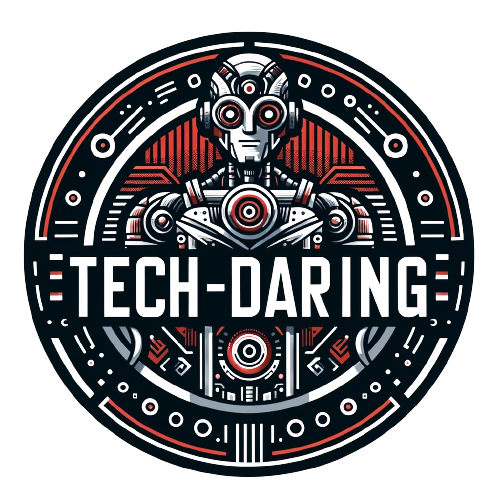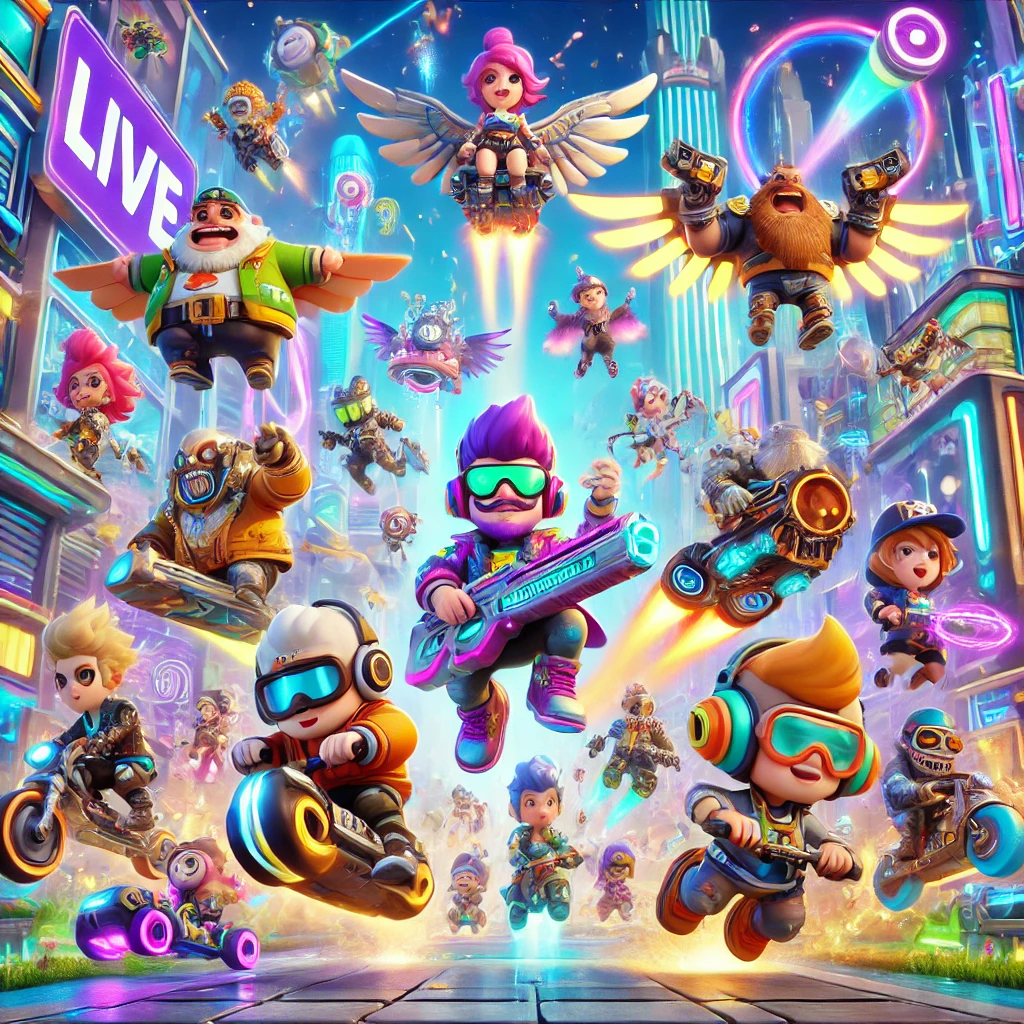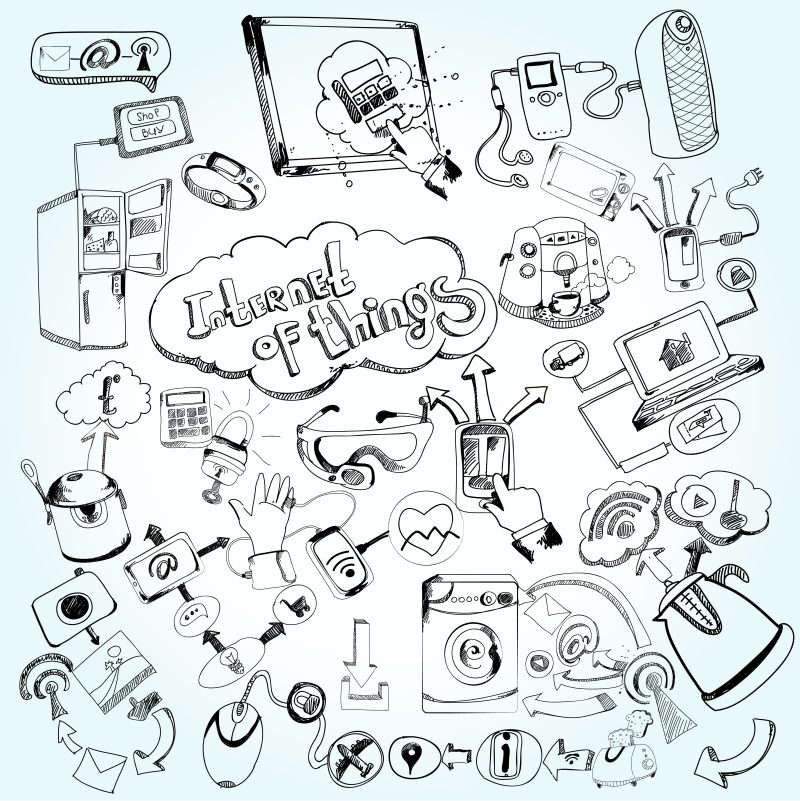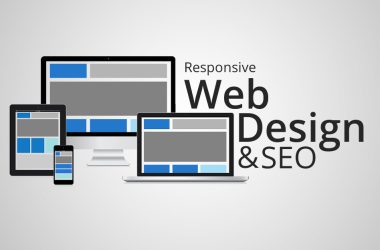You’ve probably heard someone talk about “the Internet of Things.” You may have nodded sagely, pretending that you knew exactly what the person meantâ while inwardly you were confused. Isn’t the internet something virtual, an entity that doesn’t consist of “things?”
As it turns out, not many people are sure of the concrete definition for the Internet of Things. They have heard about it, but they don’t know what it is, what’s included, why it exists, or when it came into being. Above all, they’re not sure why they should care.
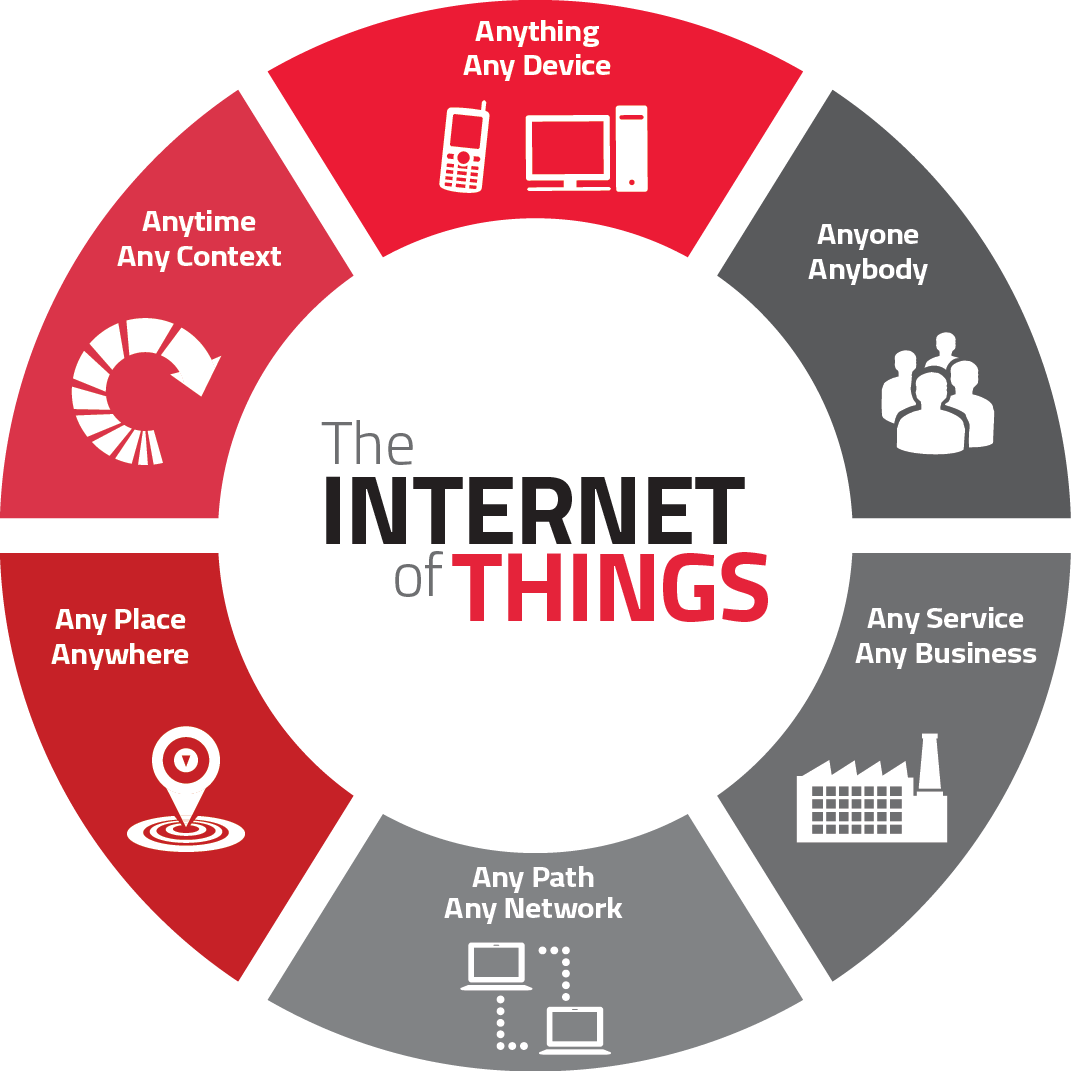
The fact is, the Internet of Things is real, and it’s going to start affecting your life much more as the years pass; so it makes sense to know more about it. Discover some key facts about the IoT and why it matters in your life.
What Is It?
First, a basic definition. The Internet of Things (IoT) is a network of physical objects, each of which includes built-in technology that allows it to transmit or receive information, sense something about the environment, or interact with its own components or with other objects.
To put it another way, the Internet of Things involves any “smart” device that is connected to the internet. When a device can connect to the internet with its own digital representation, it becomes part of a larger web of devices that are also connected and can also self-identify to the rest of the network. Since they are interconnected, the devices now have access to much more data and potential than they did on their own. They are part of the Internet of Things.
Is the Internet of Things In Your House?
Think about the tech that you currently have in your home. Your smartphone is probably connected to the internet right now. So is your Roku or your Amazon Echo or your Smart TV or the baby monitor in your child’s bedroom. The smartwatch on your wrist that tracks your steps or monitors your heartbeat is part of the Internet of Things, too. Your Playstation 4, your radio, your Bluetooth speakers, even your coffee pot may be linked to the network, exposing sensor-collected data and other information to the Internet of Things. Yes, the IoT existsâalthough not on the scale that you might find in a sci-fi movie.
What’s the Future of the Internet of Things?
Someday, you may own a smart refrigerator that can identify its own contents and communicate what you need to purchase. You might have a home with a smart meter that improves energy efficiency. Smart streetlights and traffic lights and drones and smart cars might all be a part of the Internet of Things. However, there’s a long way to go until then. People are cautious about the IoT, and rightly so. Many different privacy concerns, reliability issues, and security gaps need to be identified and addressed before the Internet of Things can really thrive.
As exciting as it may be to picture smart buildings, smart traffic systems, smart appliances, and other nearly-intelligent objects, remember that increased dependency on smart technology and on the Internet of Things comes with its own set of risks. Once you prop up a society on digital technology to that extent, you can imagine it crumbling completely if those digital props were removed, even for a short time. That’s why it’s important to make use of technology and enjoy it, while still maintaining the infrastructure necessary to live without it.
Which items in your home are part of the Internet of Things? Tell us how you think the IoT will evolve in the future.
